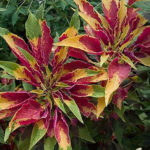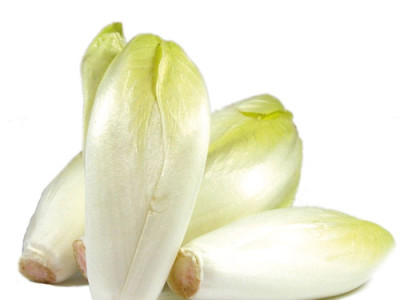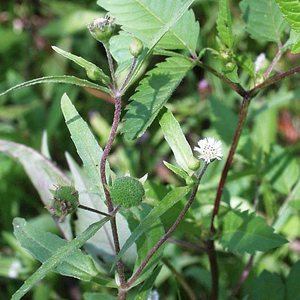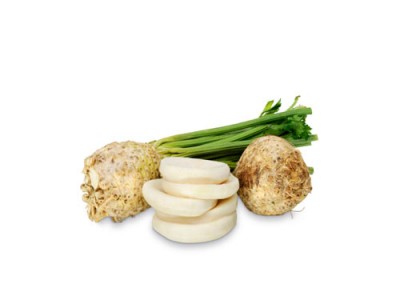
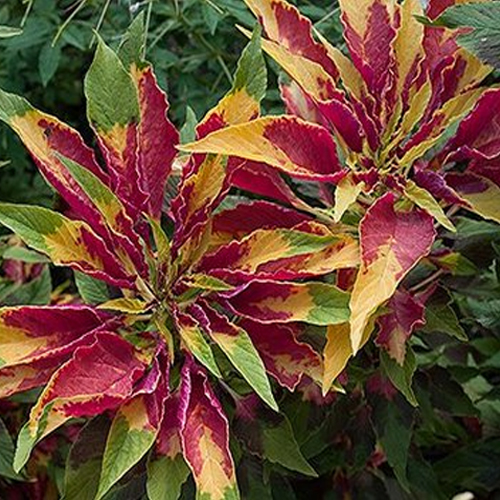
Joseph’s Coat Medicinal properties And Uses
Joseph’s Coat Medicinal properties
Rudraksha is a divine seed of a plant named Elaeocarpus anitrus which is traditionally used for making prayer beads in Hinduism.
It is imperative to note that 108 seeds are combined together for making beautiful organic jewelry or prayer beads. These beads made out of these divine seeds were once worn by the monks and saints who wandered throughout India and now millions of people in India and other parts of the world wear it to ward-off evil forces and improve positive energy in their bodies.
This topic will deal with a plant named Joseph’s Coat. The botanical name of this plant is Amaranthus Tricolor. This plant has beautiful flowers and is categorized under ornamental plant category. The other common names of this plant are tampala, tandaljo or tandalja bhaji and fountain plant.
[tribulant_slideshow gallery_id="321"]
History of Joseph’s Coat, Its Cultivation and Use!
This plant is native to South America and there are lots of varieties under Amaranth category. The cultivars have yellow, red and Green foliage. The leaves and the stem are consumed as vegetable.
The Chinese and Japanese usually consume this as side dish. Africans consume this as a leafy vegetable. The other species Amaranthus gangeticus is considered as a synonym for this plant. The leaves grow during the month of April and it flowers during July to September. The flowers are generally monoecious but both the sexes can be found on the same plant. It is pollinated by wind and self. The plant is self-fertile. It grows well in light, medium and heavy soils and prefers well-drained soil. It cannot grow well in the shades and prefers moist soil.
Nutritional Values And Uses
| Principle | Nutrient Value | Percentage of RDA |
|---|---|---|
| Water | 184.89 g | N/D |
| Energy | 251 Kcal | N/D |
| Energy | 1055 kJ | N/D |
| Protein | 9.35 g | 18.70% |
| Total Fat (lipid) | 3.89 g | 11.11% |
| Ash | 1.89 g | N/D |
| Carbohydrate | 45.98 g | 35.37% |
| Total dietary Fiber | 5.2 g | 13.68% |
| Starch | 39.93 g | N/D |
| Minerals | ||
| Manganese, Mn | 2.101 mg | 91.35% |
| Iron, Fe | 5.17 mg | 64.63% |
| Phosphorus, P | 364 mg | 52.00% |
| Copper, Cu | 0.367 mg | 40.78% |
| Magnesium, Mg | 160 mg | 38.10% |
| Selenium, Se | 13.5 µg | 24.55% |
| Zinc, Zn | 2.12 mg | 19.27% |
| Calcium, Ca | 116 mg | 11.60% |
| Potassium, K | 332 mg | 7.06% |
| Sodium, Na | 15 mg | 1.00% |
| Vitamins | ||
| Vitamin B6 (Pyridoxine) | 0.278 mg | 21.38% |
| Vitamin B9 (Folate, Folic acid) | 54 µg | 13.50% |
| Vitamin B2 (Riboflavin) | 0.054 mg | 4.15% |
| Vitamin B3 (Niacin) | 0.578 mg | 3.61% |
| Vitamin E (alpha-tocopherol) | 0.47 mg | 3.13% |
| Vitamin B1 (Thiamin) | 0.037 mg | 3.08% |
| Tocopherol, beta | 0.93 mg | N/D |
| Tocopherol, gamma | 0.12 mg | N/D |
| Tocopherol, delta | 0.59 mg | N/D |
- This plant is rich in vitamins and minerals.
- Vitamin A is found considerably in this plant and also Vitamin B1 and C in fair amounts.
- Leaves can be eaten raw or cooked.
- The seed which measures 1 mm in diameter can be cooked and eaten.
- It is very difficult to crush the seeds in the mouth and so it passes through the excreta undigested.
- The seed contains saponins and to destroy this chemical the food should be cooked well.

